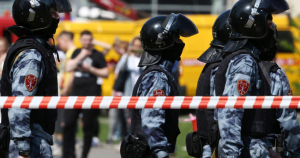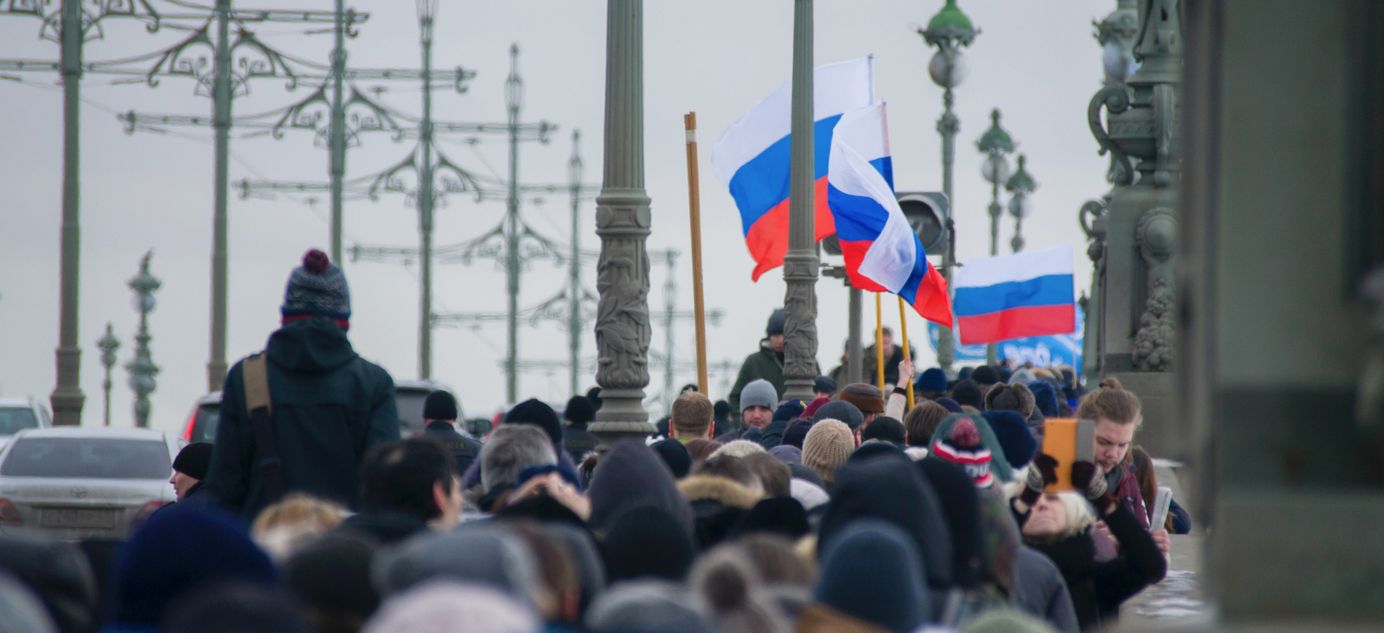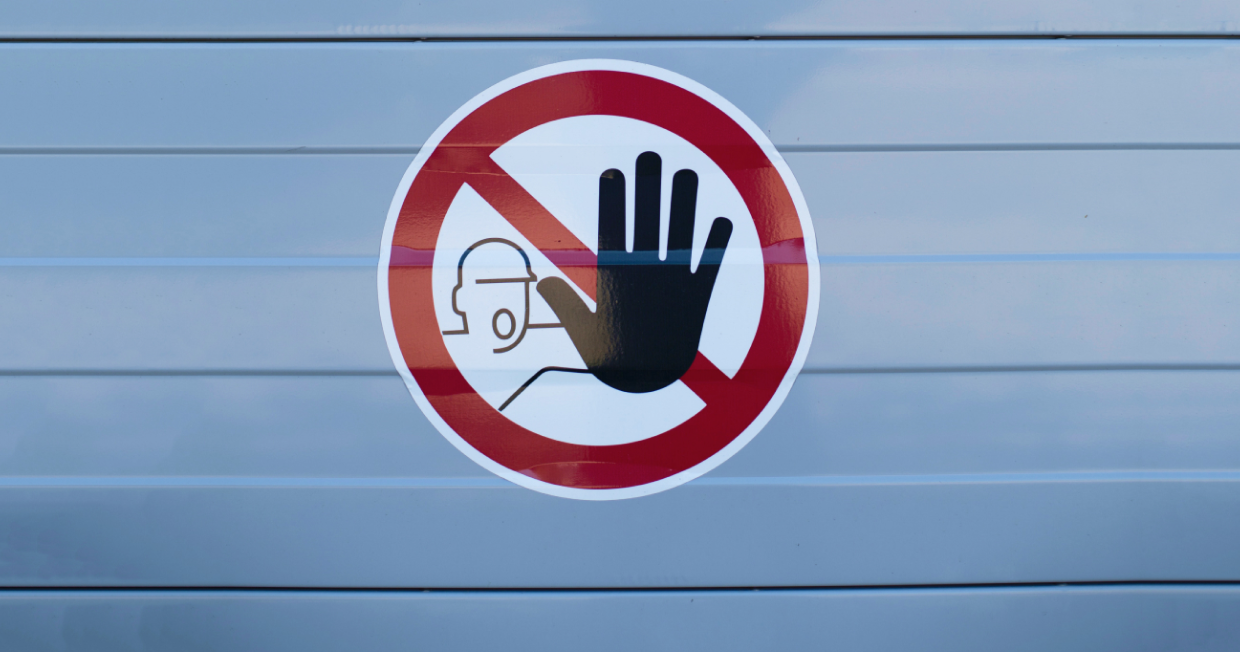
What to ban after fatal high school shooting in Perm?

An 18-year-old student at Perm State University brought an automatic weapon onto campus Monday and opened fire, leaving six people dead and 43 injured.
- The 20-minute killing spree was carried out by freshman Timur Bekmansurov. Among the pieces of harrowing footage to subsequently appear online was a video showing terrified students leaping from the windows of the university building.
- After the incident, students said there was almost no official information about what to do. Most found out about the attack from social media or other students. “We thought there would be some kind of alarm or warning, but no. A classmate in the building just wrote ‘Run’,” recalled one student.
- During the shooting, one professor refused to interrupt his class or barricade the entrance — despite requests from students. Russian language teacher Oleg Syromyatnikov said that barricades were useless and if someone wanted to kill them, they would be killed. Syromyatnikov later said he was trying to prevent panic. The university promised to investigate his conduct.
- The attacker was badly injured after being shot by a traffic cop who was one of the first law enforcement officers on the scene. The Ministry of Health said Friday that Bekmansurov was conscious, but medics had amputated his leg.
- Before the attack, Bekmansurov posted on social network VKontakte (this was soon deleted, but copies can still be found). In the message, he explained how he obtained a license for his weapon and said that, if he had been unable to get a gun, he would have driven a vehicle into a crowd or manufactured a ‘knife bomb’. He insisted he was not an extremist and that he was acting alone.
- Bekmansurov said a shooting in Kazan on May 11 played into his hands because law enforcement officers came to check that his weapons were properly stored.
- The Center for the Study and Online Monitoring of the Youth Environment is the Russian agency formally responsible for preventing such attacks. However, it could not have anticipated the Perm attack due to Bekmansurov’s “average level of online activity”, the center’s director told media outlet Forbes. Founded in 2018 on the initiative of Putin, the center looks set to receive up to 1.6 billion rubles ($22 million) to develop a software system to analyze what students are posting online and identify those prone to violent behavior.
- As usual, the tragedy prompted calls for something to be banned. Alexander Bastrykin, head of the powerful Investigative Committee, suggested restricting the portrayal of torture, violence and “various kinds of amorality” on television. Prominent TV president Vladimir Pozner rejected this, saying “Mr. Bastrykin should worry about his own affairs” and that violence involving young people is far more complex.
- Yekaterina Mizulina, director of the Internet Safety League, used the tragedy to once again call for a ban on the work of popular rapper Morgenshtern because, according to her sources, Bekmansurov was a fan. The artist himself, never shy of attracting headlines, responded by saying: “Maybe every shooter is a Morgenshtern fan, but that doesn’t mean every Morgenshtern fan is a shooter”.
- Three days after the attack, the head of Perm’s local Investigative Committee was found dead in his home. He had hanged himself, leaving a note that he addressed to God. “I am guilty, and guilty before you,” newspaper Kommersant reported his suicide note as reading.
Why the world should care: Official calls for bans of something — anything — after such tragedies are rarely implemented. The Russian authorities were going to change firearms legislation after a 2014 shooting in a Moscow school, then after a shooting at a college in Kerch, and again after a mass murder near Tver. However, it was only after the killings in Kazan earlier this year that some measures were finally implemented.





